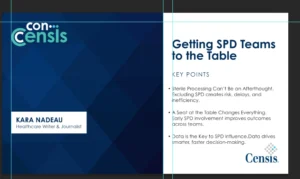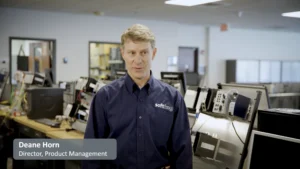Planning For Adaptability in Design
Whether you’re an integrator, a designer or simply a label-defying creative, the experience is everything. Host Bryan Meszaros explores the story behind the exhibit to understand how a carefully crafted experience traps into the human experience to connect people to place.
Design is much more than static. In the 21st-century is all about experience and shaping environments. To discuss the evolution, Experience by Design host Bryan Meszaros spoke with John Lutz, Partner at Selbert Perkins Design.
Lutz always loved art and turned that into a career while studying at the University of Cincinnati. The program was unique, allowing him to alternate between internships and school. These internships allowed him to experience different types of firms. In one internship, he worked on the FedEx rebranding and was part of the team behind the iconic arrow logo. Those experiences helped him decide he wanted to work for Selbert Perkins because they focused on experiential branded environments. “The idea of shaping an entire environment was very appealing to me,” he said.
“You have to plan for adaptability in your design. Technology changes, and so do the expectations of those in the spaces.” – John Lutz
Since then, he’s worked on projects for some of the most well-known places, including the Dallas Cowboys stadium, McCarren airport in Las Vegas, and the St. Louis Cardinals ballpark.
Lutz was witness to the transformation of static design to digital being a part of it. “When digital came into the fold, it was like we can put a screen here,” he noted.
There was an opportunity for dynamic changing content, but not much else until the evolution of screens, ideas, and configurations. “Over time, we could integrate digital into the art. The digital actually became art,” Lutz added.
Much of the firm’s initial work was in wayfinding and gateways. Now, he’s involved in the two worlds merging, bringing imagination, a sculptural approach, and visual drama. Lutz also spoke about environments being timeless but components being changeable. “You have to plan for adaptability in your design. Technology changes, and so do the expectations of those in the spaces.”
Join host Bryan Meszaros on Experience by Design every other Wednesday as he explores the latest trends and solutions helping craft the world’s most intriguing experiences.










